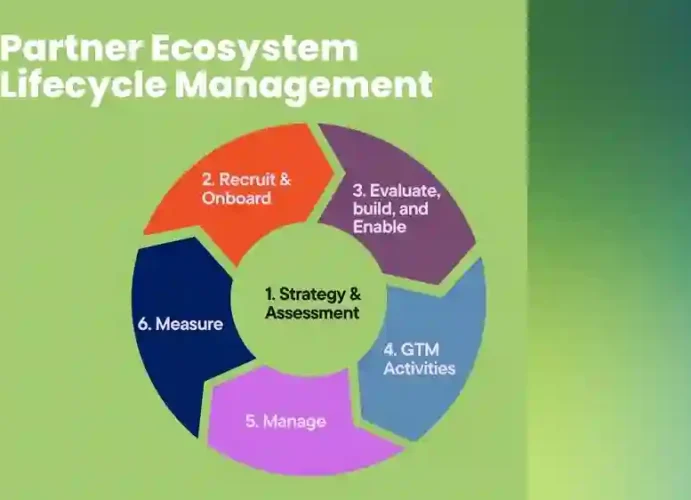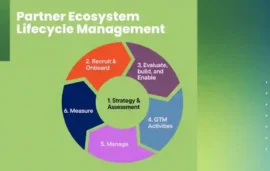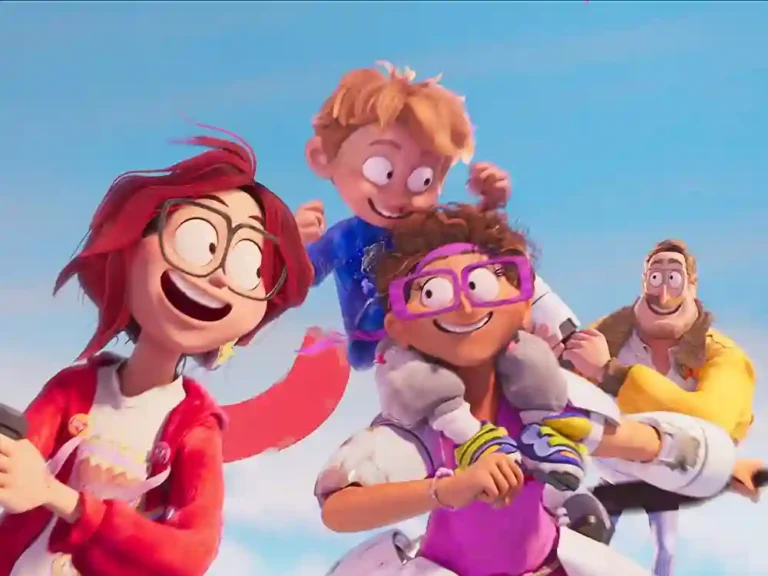


May 8, 2025
The Ultimate Guide to Hair Masks for
If you’ve ever looked in the mirror and thought, “Who let my hair end up looking like this?” then congrats—you’ve probably considered
- 0
- 0
May 8, 2025
Winning Business Strategies for Entrepreneurs
Alright, listen up. If you’re an entrepreneur—and I mean, the kind of go-getter who burns the midnight oil to build something from
- 0
- 0
May 7, 2025
How to Build Strategic Partnerships That Drive
Alright, picture this: You’re sitting in your office, coffee in hand, and your company is about to take the leap. You’ve got
- 0
- 0
Top News
Most Viewed News



Top News
Latest News



Recently Viewed

April 13, 2025
Entertainment Buzz: Movies, TV & Celebrity News

April 9, 2025
The Best Comedy Specials You Can Watch Right

April 6, 2025










